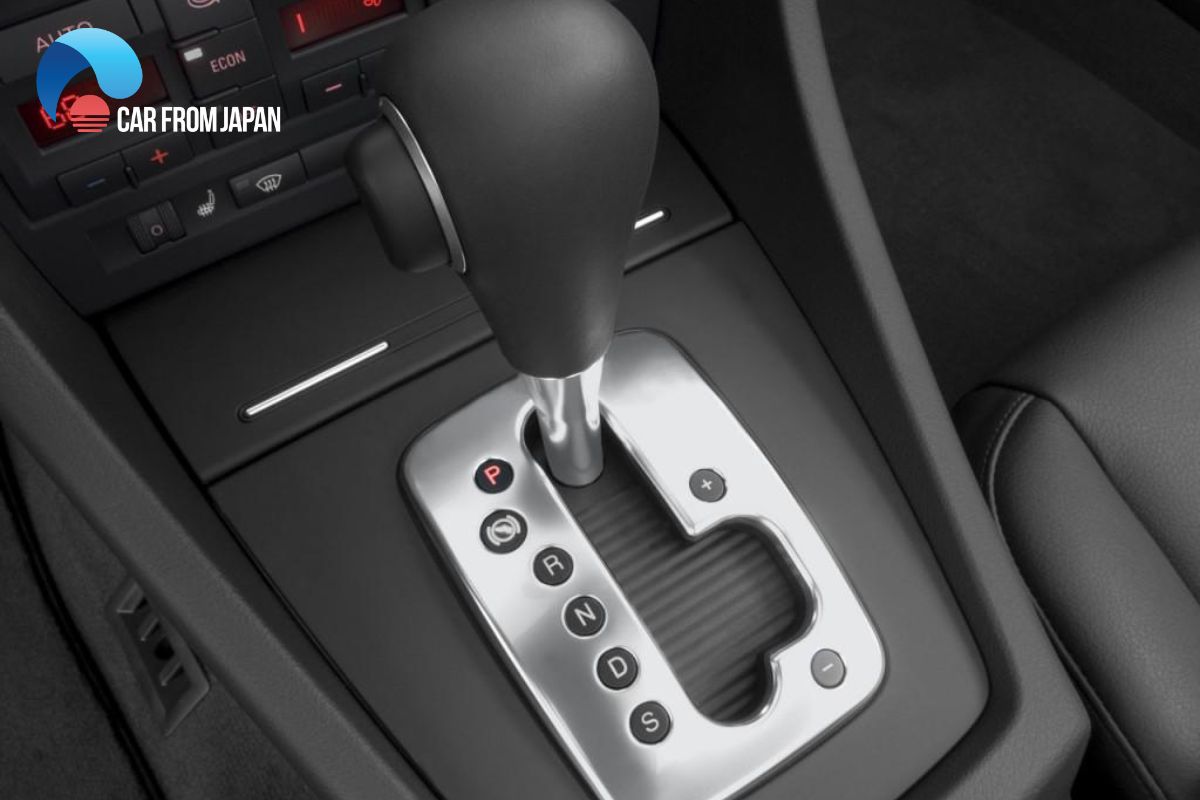Imagine this: you’re all set to hit the road, the sun shining, and your favorite playlist ready to roll. But as you put your car in drive or reverse, nothing happens. Panic sets in. Why won’t your car move? Fear not, dear reader! This comprehensive guide will navigate the murky waters of automotive trouble with you, shedding light on the possible culprits behind your car’s refusal to budge.
Understanding the Basics: How Your Car Moves
Before diving into the potential issues at hand, let’s briefly explore how a car actually drives. At the heart of this process is the transmission, responsible for transferring power from the engine to the wheels. When you shift into drive or reverse, the transmission engages appropriate gears, allowing for movement. Alas, when this system falters, your car can become a stubborn statue.
Common Reasons Your Car Won’t Move
Now, let’s unpack the reasons your car might be stuck in place. Here are some common issues:
- Transmission Fluid Issues: Low or dirty transmission fluid can prevent the transmission from engaging properly.
- Faulty Transmission: Internal transmission problems can lead to a complete failure to engage.
- Brake Issues: If the brakes are stuck or malfunctioning, they may prevent the car from moving.
- Electrical Failures: Modern cars often rely on electronic sensors; a failure here can stop the transmission from shifting.
- Engine Problems: Issues with the engine can also impact the ability to shift gears effectively.
- Shifter Mechanism Failure: The gear shift itself may be malfunctioning, preventing proper engagement.
Step-by-Step Troubleshooting
When confronted with a car that refuses to move, it’s crucial to follow a methodical approach to diagnosis. Here’s a step-by-step guide to help you troubleshoot:
- Check the Basics: Ensure your car is in the right gear. Sounds simple, but it’s an easy oversight!
- Inspect the Transmission Fluid: Open the hood and check the transmission fluid level. If it’s low or dirty, a change may be necessary.
- Listen for Sounds: When you shift gears, listen for any unusual sounds. Grinding or clunking noises may indicate transmission issues.
- Examine the Brake System: Ensure the brakes are fully released. A stuck brake caliper could be the culprit.
- Look for Warning Lights: Check your dashboard for any warning lights that may indicate engine or transmission problems.
- Test the Battery: A weak battery can sometimes cause electronic systems, including the transmission, to malfunction.
DIY Fixes vs. Professional Help
While some issues can be remedied at home, others may require professional intervention. Here’s how to determine your next steps:
- DIY Fixes: If you’re handy, consider changing the transmission fluid or checking the shifter linkage.
- When to Call a Mechanic: If you suspect transmission failure, electrical issues, or if you’re unsure about the problem, it’s best to consult a professional.
Preventive Measures: Keeping Your Car in Motion
Prevention is always better than cure! To avoid future headaches, here are some proactive measures:
- Regular Maintenance: Schedule regular check-ups and fluid changes to keep your transmission in top shape.
- Monitor Fluid Levels: Make it a habit to check your transmission fluid regularly.
- Pay Attention to Warning Signs: Don’t ignore unusual noises or warning lights; they’re your car’s way of communicating!
In the grand tapestry of car ownership, encountering a vehicle that won’t move can feel like a significant snag. However, by understanding the potential reasons behind this issue and following a systematic troubleshooting guide, you can either pinpoint the problem or communicate effectively with a professional mechanic. Remember, your car is not just a machine; it’s an intricate system that requires care and attention. So the next time your car refuses to cooperate, take a deep breath, and refer back to this guide. You’ll be back on the road before you know it!
Happy driving!

